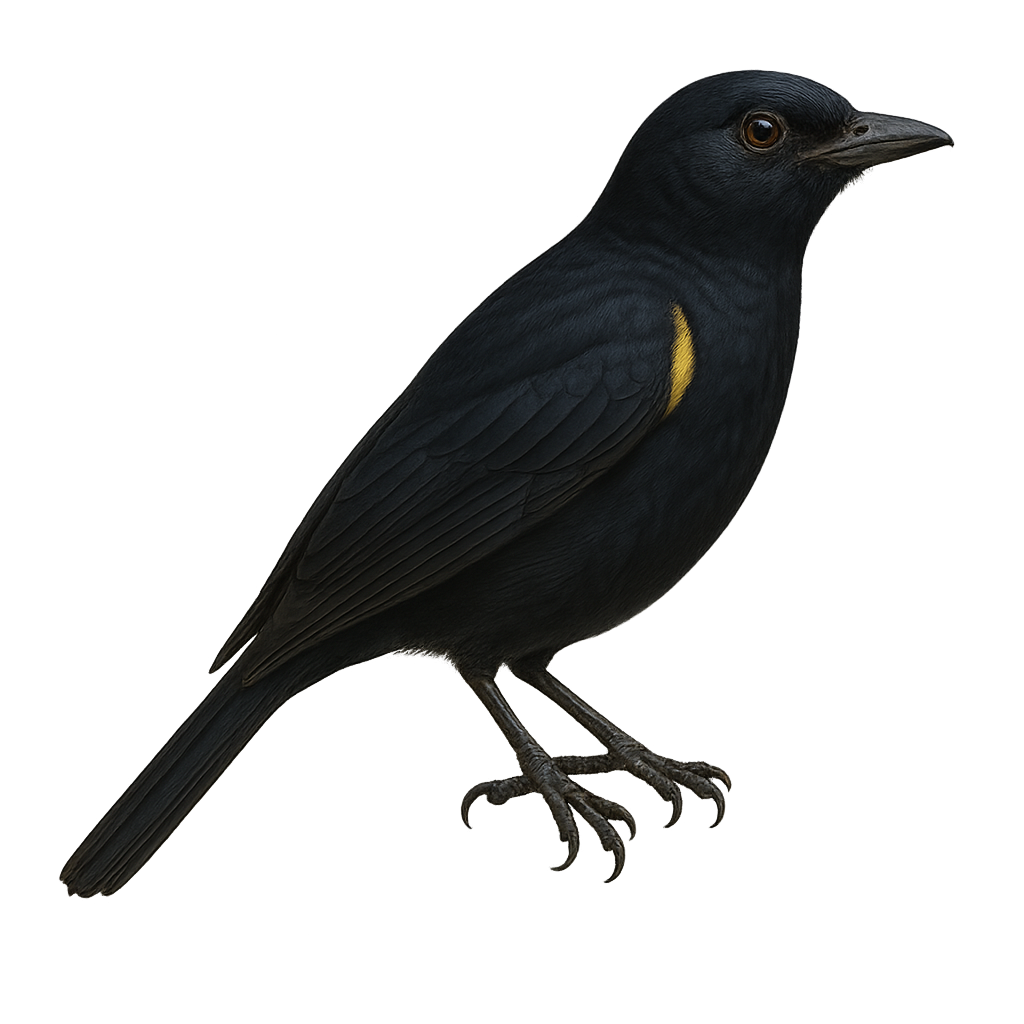Your wildlife photography guide.
Explore the black cuckooshrike in detail, study its behavior, prepare your shots.
Where to observe and photograph the black cuckooshrike in the wild
Learn where and when to spot the black cuckooshrike in the wild, how to identify the species based on distinctive features, and what natural environments it inhabits. The WildlifePhotographer app offers tailored photography tips that reflect the black cuckooshrike’s behavior, helping you capture better wildlife images. Explore the full species profile for key information including description, habitat, active periods, and approach techniques.
Black Cuckooshrike
Scientific name: Campephaga flava

IUCN Status: Least Concern
Family: CAMPEPHAGIDAE
Group: Birds
Sensitivity to human approach: Suspicious
Minimum approach distance: 10 m
Courtship display: October to January
Incubation: 13-15 jours
Hatchings: October to February
Habitat:
Wooded savannas, open forests, shrublands
Activity period :
Primarily active during the day, with peak activity in the morning and late afternoon.
Identification and description:
The Black Cuckooshrike, or Campephaga flava, is a medium-sized bird, predominantly black with bluish sheen in males, while females have duller, often brownish, streaked plumage. It is mainly insectivorous, feeding on caterpillars and other insects found in trees and shrubs. This bird is often seen alone or in pairs and is known for its melodious and varied song. It primarily inhabits wooded savannas, open forests, and shrublands in sub-Saharan Africa. Although quite discreet, it can be spotted by its distinctive song.
Recommended lens:
400 mm – adjust based on distance, desired framing (portrait or habitat), and approach conditions.
Photography tips:
To photograph the Black Cuckooshrike, it is advisable to use a telephoto lens of at least 400mm to capture detailed images without disturbing the bird. Look for it in wooded savannas or open forests, where it is often perched on mid-level branches. Be patient and listen for its distinctive song to locate it. The best times to observe it are early morning or late afternoon when activity is at its peak. Ensure you remain discreet to avoid scaring it away.
The WildlifePhotographer App is coming soon!
Be the first to explore the best nature spots, track rutting seasons, log your observations, and observe more wildlife.
Already 1 431 wildlife lovers subscribed worldwide

